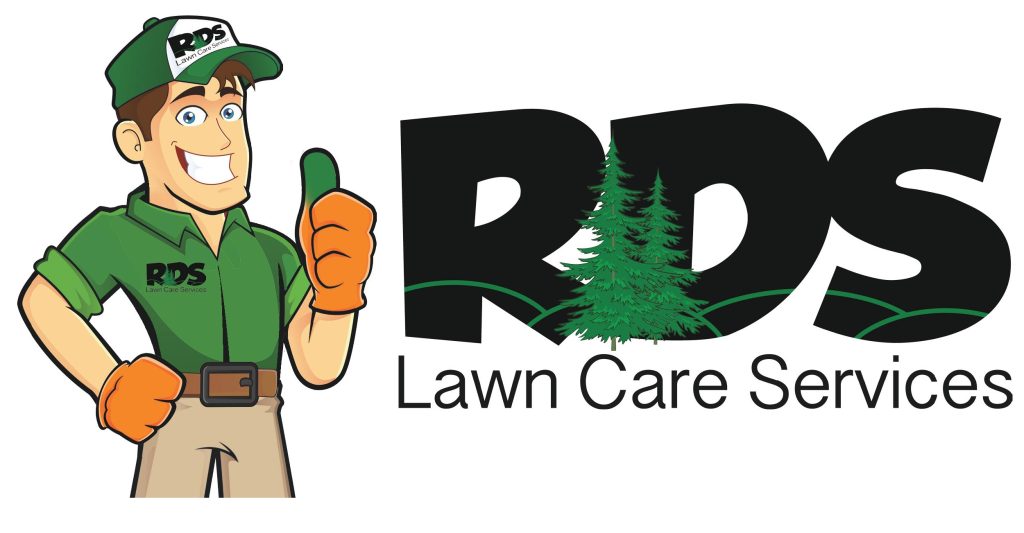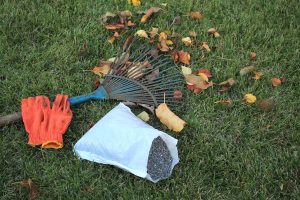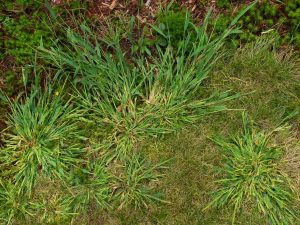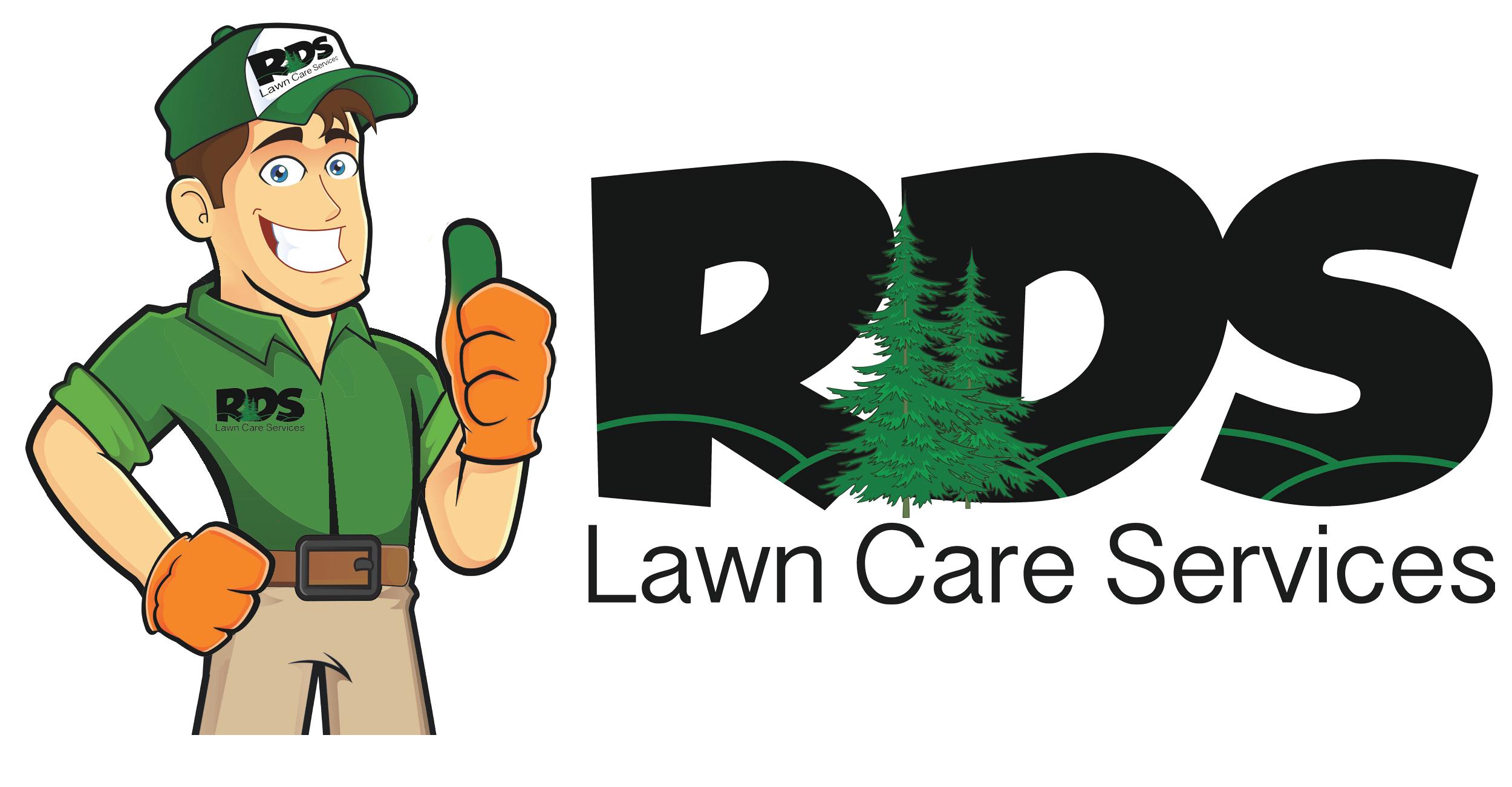Fertilizer Applications for Newly Seeded Lawns
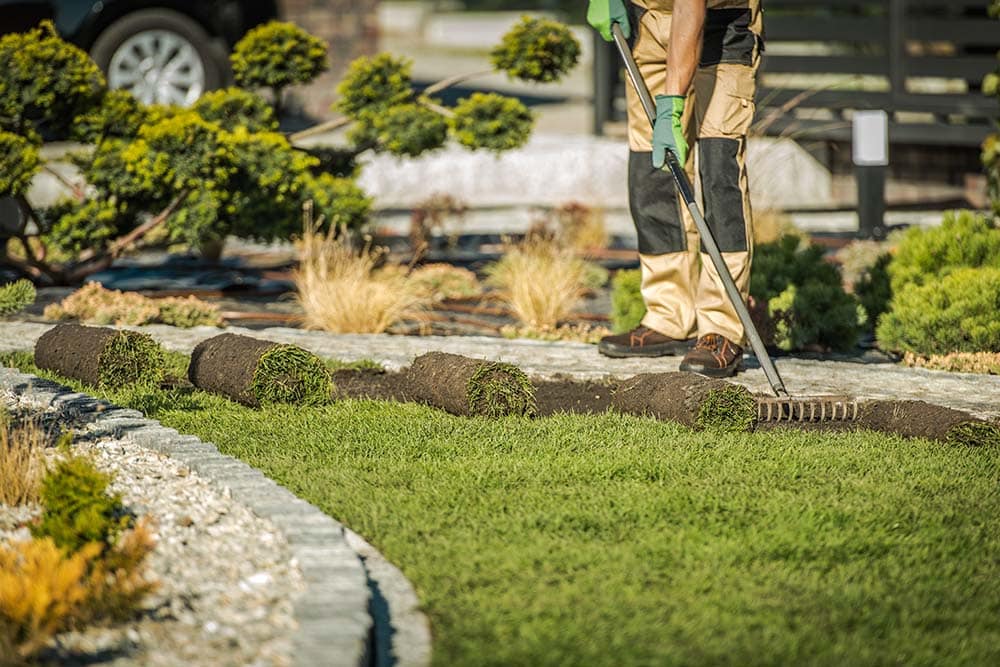
Looking for information on how to apply fertilizer to a newly seeded lawn? If yes, you’ve come to the right place! Read on to find out how, when, and why to perform this vital task so that your results, and your lawn, look fantastic!
A Beautiful Lawn Takes a Bit of Planning
For the most beautiful, enjoyable lawn all summer long, a good plan is important Part of that plan involves planting grass seed, of course, so that it grows into a lush lawn down the road. Equally important is to make sure the new seedlings that spring up from your seeds get the nutrition and care they need to thrive and grow. Also, to ensure that their roots grow as deeply as possible so that the grass becomes well established.
Watering is likewise important, especially if you live in a drier area. Indeed, watering your lawn is a task you’ll need to repeat many times over the coming weeks if you want the best results.
For a truly spectacular lawn, though, fertilizing after seeding is crucial. The reason is simple; fertilizing benefits your grass’s precious roots and, when the grass has strong, healthy roots, the lawn that grows will be healthy, thick, and beautiful. In addition, without fertilizer treatments, the nutrients that your grass needs to grow, including potassium, phosphorous, and nitrogen, will be challenging to obtain, (if possible at all). In short, fertilizing after you seed is essential.
A Starter Fertilizer is Best for Seeds that Were Recently Planted
When your grass seeds are just starting to grow, a starter fertilizer is your best choice to give them the nutrition they require. Starter fertilizers use a specialized formula designed for grass seedlings. Most are composed of three main ingredients, including:
- Nitrogen. Nitrogen is involved in photosynthesis, production of chlorophyll, and promoting strong grass growth. It’s also responsible for the grass’s green color.
- Phosphorous. Root development is stimulated by phosphorus.
- Potassium. Extreme temperatures, as well as diseases and drought, can ruin your lawn. Potassium protects against all three of these.
PRO TIP – Look for the Fertilizer Formula on the Bag
As we mentioned, fertilizer is typically produced from the above three ingredients. If you check a bag of fertilizer, on it you will see the formulation depicted in specific percentages. For example, 15 – 10 – 10 means that this particular formula is made up of 15% nitrogen, 10% phosphorus, and 10% potassium. For newly seeded lawns, you should choose a fertilizer that’s high in both nitrogen and phosphorus. This will satisfy your new seedlings’ nutrition and energy requirements and help them proliferate.
4 to 8 Weeks After Your Starter Fertilizer Treatment, Treat Your Lawn Again
Starter fertilizer is just that; fertilizer that helps grass seedlings grow solid roots and create healthy grass. The truth is, though, that it’s not enough to sustain your lawn throughout the entire summer. Applying fertilizer regularly throughout the summer is the best way to ensure that the roots grow strong.
We recommend doing that about 4 to 8 weeks after your starter fertilizer treatment. One easy rule of thumb is to wait until your grass is about 1 inch tall before the treatment. Also, for the second treatment, the fertilizer you use should be high in nitrogen, which will help your grass resist weeds. (Nitrogen should be the main ingredient.)
The Best Time of Year to Seed Your Lawn for Impressive Results
There are two types of grass in North and South Carolina; cool-season grass and warm-season grass. Both require different seeding and watering schedules for optimal results. For example:
- For cool-season grass, it’s recommended you plant grass seeds in the early part of the spring. This will allow your seeds the time they need to get established before the weather gets overly hot.
- Late Spring is best for warm-season grass for two reasons; soil temperatures will be warm enough for the seeds to germinate, and, like cool-season grass, your seeds will have time to establish before the mercury climbs too high.
We’re Charlotte’s Lawn Seed and Fertilization Experts
If you need help bringing your lawn back, or getting started, our company can help. We only use hand-selected seeds that have been extensively tested for use in North and South Carolina. That includes testing for color, drought, and disease resistance. Our lawn care professionals are well trained and know exactly how to nurse your lawn back to health, including helping your new seeds grow into gorgeous, rugged, but lush green grass.
Have you already planted your new seeds? If yes, no problem, we can come out for your starter fertilization! Then, throughout the rest of the summer, we can come back and provide further fertilization treatments to make sure your grass is vital and stays healthy and lush all summer long.
